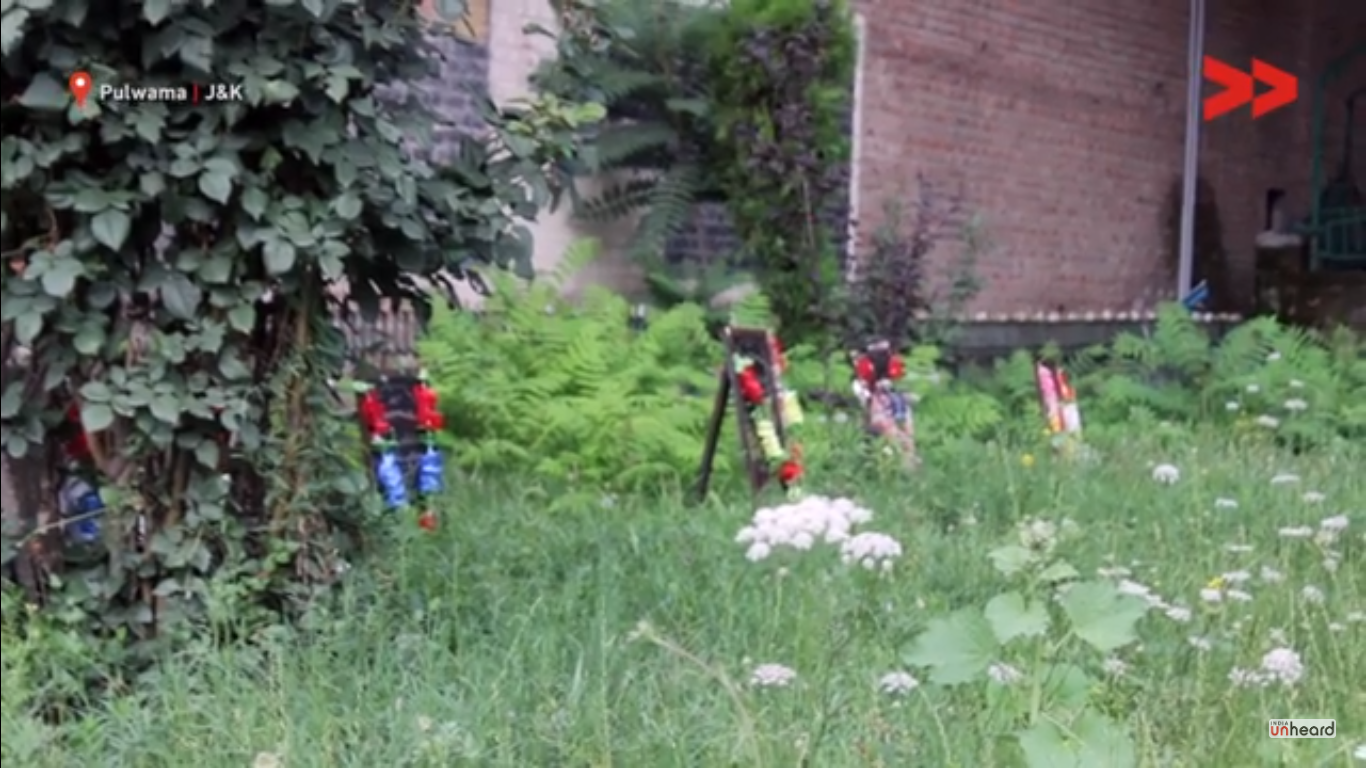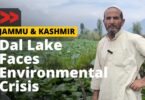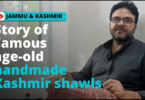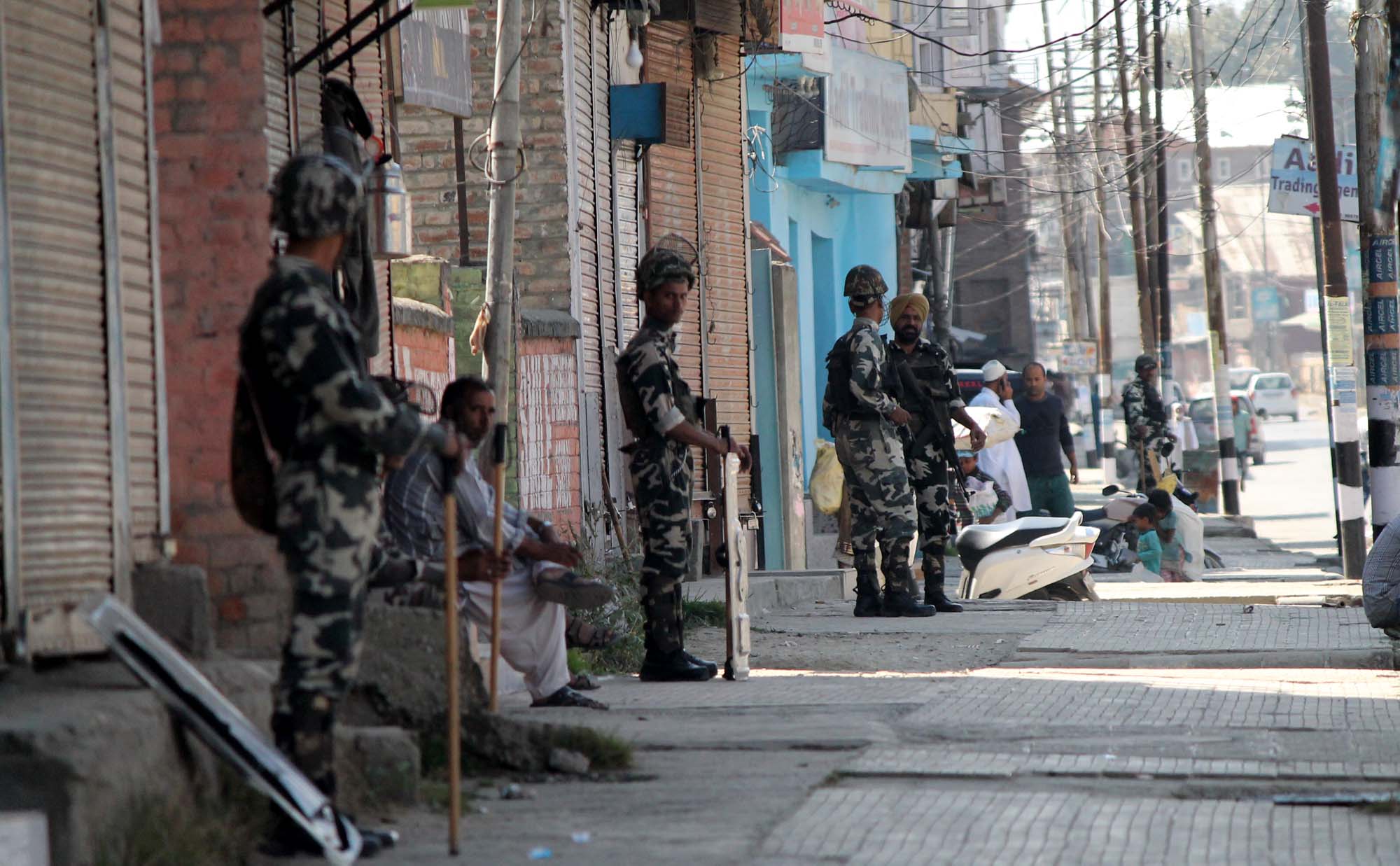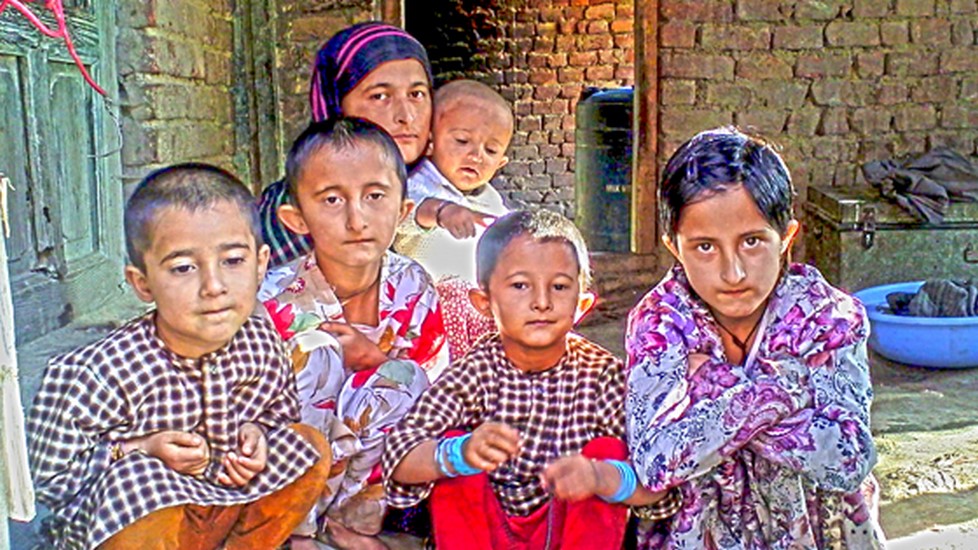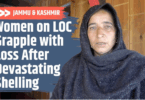Video By: Rayees Ahmad | Article By Nusrat Ali
Our Community Correspondent, Rayees Sofi interviews eyewitnesses of ‘Pulwama Martyrs’ day that took place on 23rd September 1931, two months after the popular Martyrs’ Day – 13 July 1931 – the day when Maharaja’s forces shot dead over 20 people outside Srinagar Central Jail. This is considered to be the first rebellion against Maharaja’s rule in Kashmir. The events which unfolded after this event across the valley were witnessed by the people – a few of them are here speaking with us in this video.
Mohammad Khalil Ganie, 97, has witnessed the events which unfolded in Pulwama in the aftermath of July 13,1931 massacre in Srinagar. “A house to house search was launched in Pulwama by Dogra forces for a Shopian resident, Khalil Banday, who was wanted for revolting against and thrashing a court official of Hari Singh at Shopian”, Ganie says.
Around 4,000 thousand people assembled at then Buin-e- Bagh (Chinar garden), which nowadays is known as Shaheed Park (martyr’s garden),” recalls Ganie.
Around 400 people from Pinglina, Uricherso, Hanjikhulu, Ratnipora, Barpora and other surrounding villages took out a protest rally which merged with protesters who had already assembled near the Boun-e-Bagh.
“Dogra forces tried to disperse the protesters but they were overpowered and pushed back to a police post which was located in a building which houses today’s Tehsil office,” recalled Ganie.
Those days, the police post was named as Tazeer-e-Choeek. The protesters started raising slogans against Maharaja and marched towards the post, not far away from the Buin-e- Bagh.
“They pelted stones on the Dogra forces, as was the norm, those days. Some stones hit a window glass of the building which was housing the police post, creating a hole in it,” said Ganai.
Many policemen were guarding the post, but authorities ordered a cop to open fire on protesters. A police constable aimed his rifle through the hole at protesters from within the building and fired indiscriminately. Many were killed and injured in the firing.
Ganie says that 13 people were killed in the firing but he had witnessed only two protesters collapsing before his eyes. Ghulam Mohammad, a tailor from Gund-i-Haider, a habitation in the vicinity of Washbugh, was hit near the graveyard, few steps from the police post. “A bullet pierced his throat and he died on the spot. He was around 30.”
Ganie’s elder brother Ghulam Mohammad Ganie, who has already passed away, rushed to the scene and retrieved the injured after carrying them on his shoulders. “For two days the bodies were kept at the police post because villagers were so scared that they didn’t come forward for identification,” Ganie said.
Though there is a martyrs’ graveyard located in the district, its neglect reflects the callousness of successive regimes and disinterested people. The graveyard is located on Srinagar-Pulwama highway, which has been reduced to a barren land of dense, thorny bushes with uneven plantation of trees here and there.
Most people only remember the martyrs buried in Srinagar’s Mazar-e- Shodah while those buried in Pulwama, Shopian, Anantnag and Sopore are lost in the pages of history.

